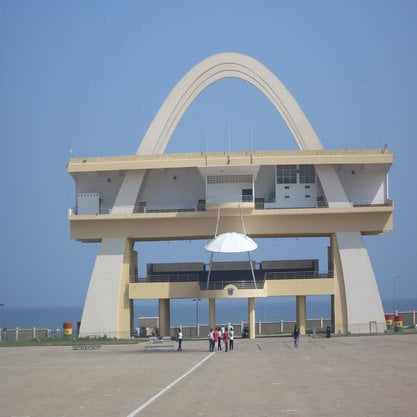Article
Bouabré, Frédéric Bruly (1923–2014) By Vincent, Cédric
Article
Frédéric Bruly Bouabré is one of the best-known contemporary African artists. His drawings first gained international exposure in 1989 when exhibited in the groundbreaking show Magiciens de la Terre (Beaubourg-La Villette, Paris). Since then he has participated in a number of major international exhibitions: Africa Now (1991), Trade Routes-2nd Johannesburg Biennale (1997), Global Conceptualism (1999), Documenta 11 (2002), Africa Remix (2004–7), Biennale de Venise (2013). His artwork succeeds in challenging the gap between supporters of outsider art and those of conceptual art.
Born in the early 1920s into an Ivory Coast farming culture, Frédéric Bruly Bouabré served in the French Navy, worked for the police department in Dakar, Senegal, and held various clerical positions in the colonial administration. In 1948 he had a mystical vision that inspired him to start his own religion, the Order of the Persecuted. He was mainly known by ethnologists as a prophet before his prolific writing and drawing caught the attention of French curator André Magnin.

